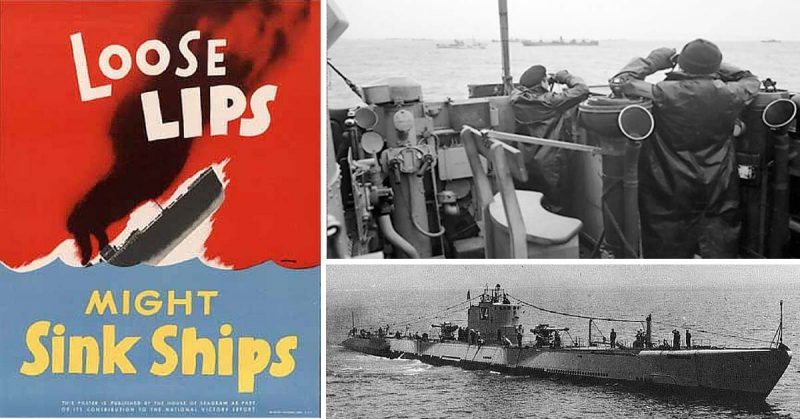The United States of America took a huge blow at Pearl Harbor in 1941, which prompted them join the war alongside the British. Before that event, America was already delivering economic help and acted as an observer party of the Allies, leasing ships and approving loans to help the war effort.
The Germans adopted the total war doctrine which meant that they waged war against the standard rules of warfare. This led to the declaration of the unrestricted submarine war on the Allied merchant and transport ships which were assigned to deliver supplies and weapons to the British Isles.
German submarines in the period 1940-1941, managed to gain significant success in the Atlantic theater of the War against the British ships. This was due to lack of radar equipment and high-frequency finding devices of the Allied vessels. The ships were equipped mostly with sonars that could detect submerged submarines, but were helpless against surface raids that the Germans often practiced at night.
Black submarines were practically invisible during night-time which provoked paranoia among the crewman stationed on the ships. The Germans called this period “The Happy Time”, for they could sink ships with little or no casualties on their side.
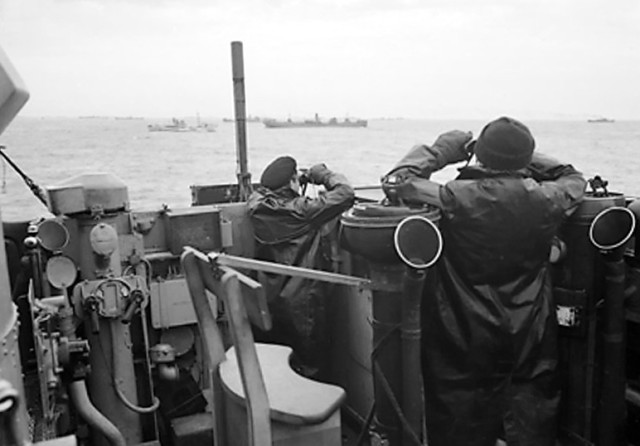
One day after the events of Pearl Harbor, the Germans declared war on the United States. Since the Atlantic Ocean separated the United States from the battlefields of Europe, the sea became the stage of the initial conflict between the new enemies.
Grand Admiral of the Reich, Karl Donitz devised a plan in December 1941, in which he set out to harass the ships moving by the coastal line of the North American continent. He called it Operation Drumbeat. The Germans sent three of their Type IX long-range U-boats to the coastal waters of the US. They were assigned to stay submerged during the day and ambush merchant ships during night. The British intelligence picked up movement from the port of Lorient in France and informed the Canadian and American Navies.
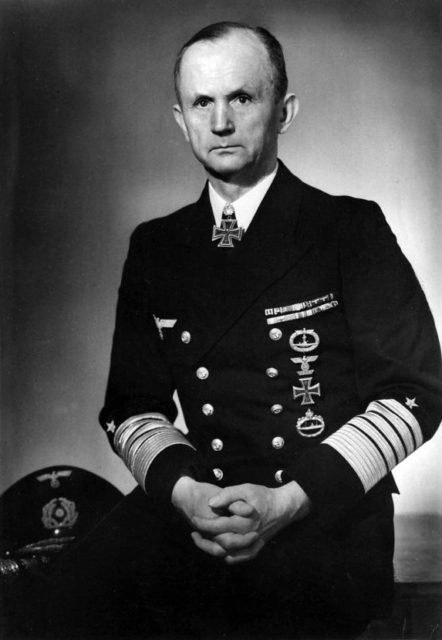
The British experience in the submarine wars of the Atlantic during the first two years of World War Two suggested the use of some precautionary measures. The British Royal Navy noted that all coastal cities should stay in the state of blackout during night-time, that all ships should travel in convoys and that all navigational markers and lighthouses should be put out of commission, as they could help the enemy more than they would help the Allies. In addition they strongly advised that all available sea and air forces should be put to use in patrolling the coast, thus restricting the U-boats freedom of movement.
None of these recommendations were taken seriously by the American coastal defense in the first several months of the US official involvement in the war. The US Eastern Sea Frontier Command believed that the ships are safer if they travel alone, as then they prove to be poor targets for the Germans, who would be more interested in an entire convoy. The blackout order was not given, but was rather only advised to coastal boardwalk communities, not including significant tourist sites such as New York and other large cities of the Eastern Coast.
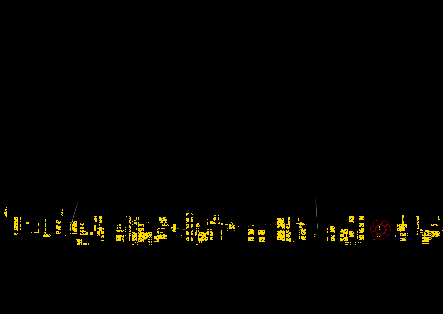
The Eastern Sea Frontier defense was poorly armed for anti-submarine combat. At their disposal were vintage gunboats dating back to 1905, some 1919 vintage patrol boats, four converted yachts and seven Coast Guard cutters which were the only vessels capable of defending convoys from a U-boat attack.
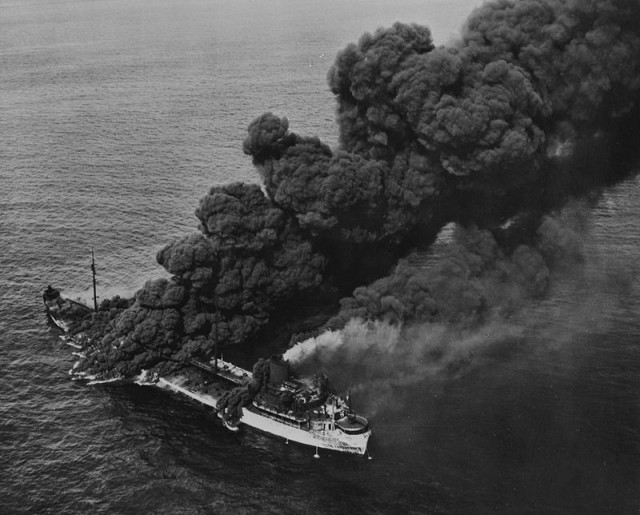
The first attack occurred on January 14th 1942, when a German submarine, call-signed U-123, sank a Norwegian and a British tanker. In the first wave of the Operation Drumbeat, Nazi U-boats managed to sink as many as 23 vessels with a loss of more than 100,000 tons of supplies and hundreds of Allied lives were lost. It was later stated in a report of the German Kriegsmarine (War Navy) that the ships were made completely visible by the lights coming from the coast, which made them sitting ducks.
It was later stated in a report of the German Kriegsmarine (War Navy) that the ships were made completely visible by the lights coming from the coast, which made them sitting ducks.
After the initial success, Admiral Donitz ordered a second wave of attacks, this time including the mid-range submarines which were reorganized so they could make the trip. To some extent, they even used the drinking water reservoirs to carry the diesel fuel, as the Admirals ambition to sink as many ships as he can grew larger.
The Germans called the operation the Second Happy Time, or the American shooting season.
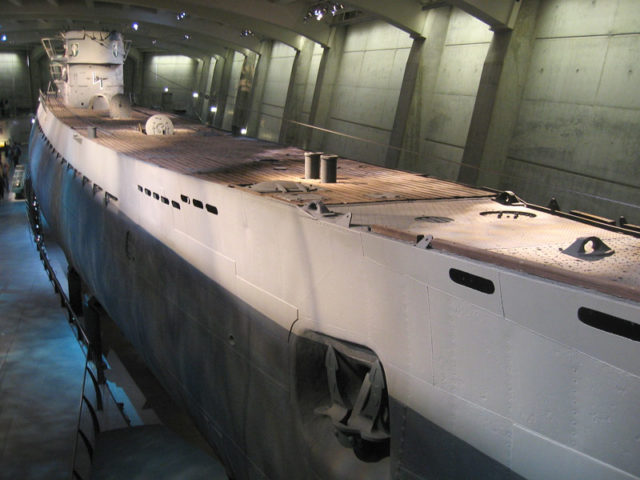
One group was sent to lurk the oil ports of the Caribbean, as part of a sister operation code named Neuland. The Americans were so concentrated on the war against the Japanese, pursuing their revenge for Pearl Harbor, that they had neglected the danger in their own backyard. To keep the public calm against an obvious U-boat threat, the Navy used a variety of propaganda methods.
They encouraged the civilians who have witnessed submarine activity to keep quiet about it for the morale of the population and avoiding panic. At this time the Government had devised a parolle, stating: ,,Loose lips sink ships”.
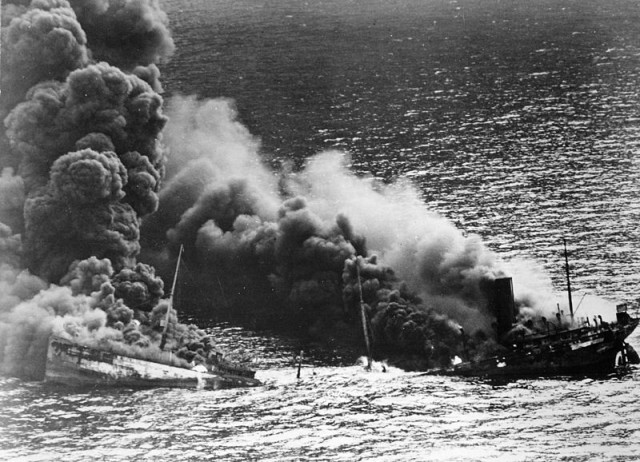
It was not until April 1942, that the situation started to change. The first German submarine to be sunk by an American Navy vessel was the U-85. The ship responsible for its sinking was the USS Roper. Coastal cities began to conduct blackout during night and ships were restricted to travel only during daylight with armed escort.
Full convoys produced an immediate reduction of Allied shipping losses off the East Coast as Dönitz withdrew the U-boats to seek easier pickings elsewhere. The Allies managed to destroy 9 U-boats in 1942, which made Donitz to rethink his hunt, for the prey was not as helpless as before. In August 1942, the “happy times” for the Nazis were over.
Historian Michael Gannon called this period “The Second Pearl Harbor”. Thousands of lives were sacrificed due to lack of caution and the underestimating of the enemy. A total count of 609 ships was sunk and more than 3.1 million tons of desperately needed supplies were laid on the bottom of the Atlantic Ocean.
